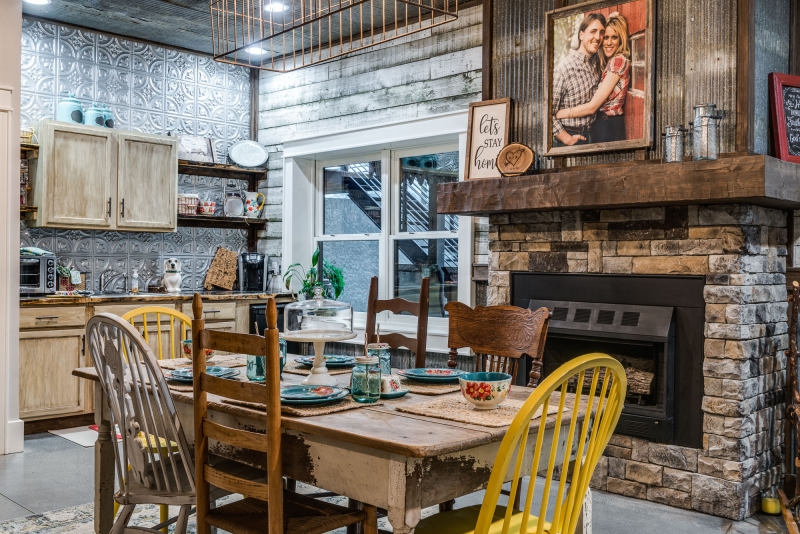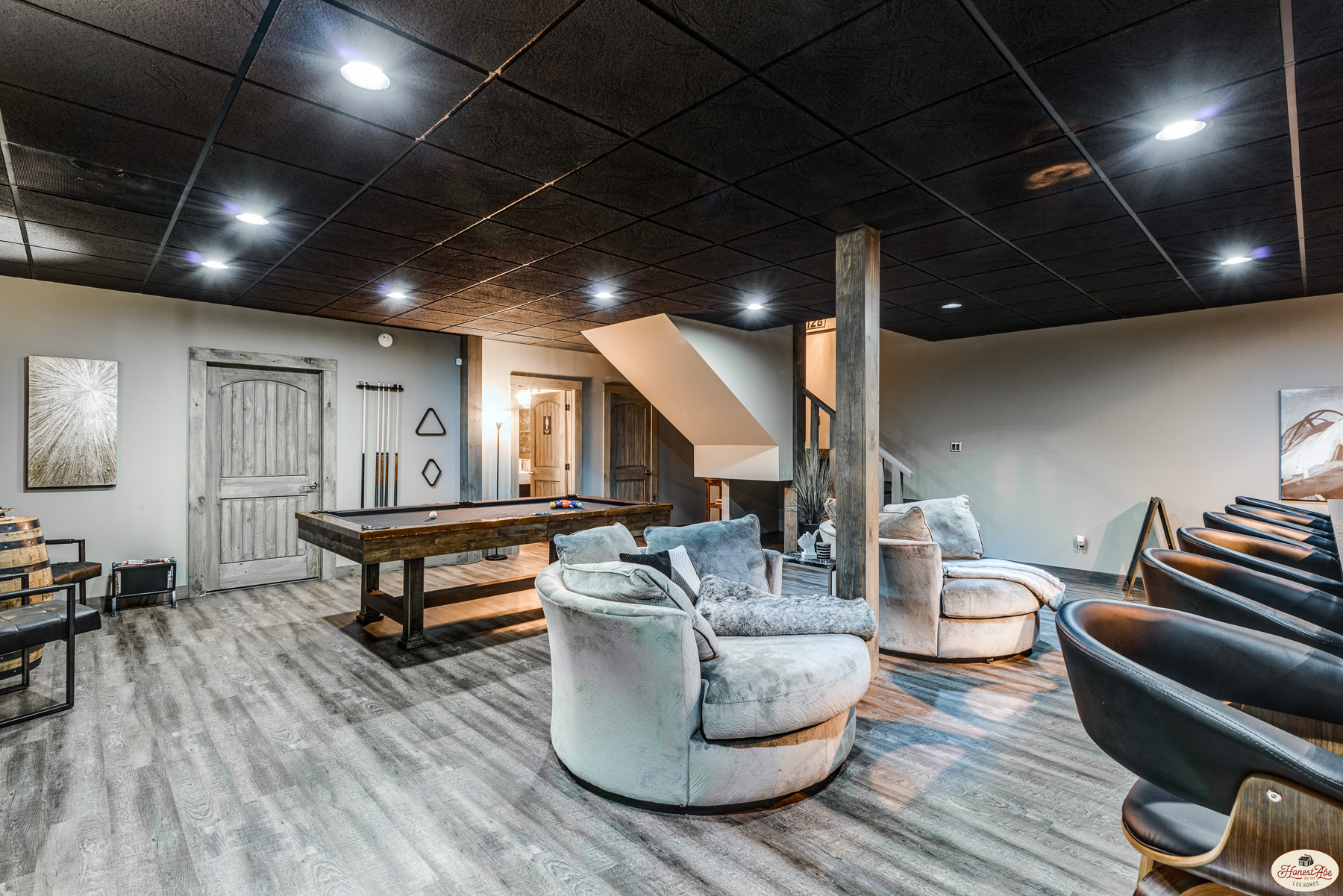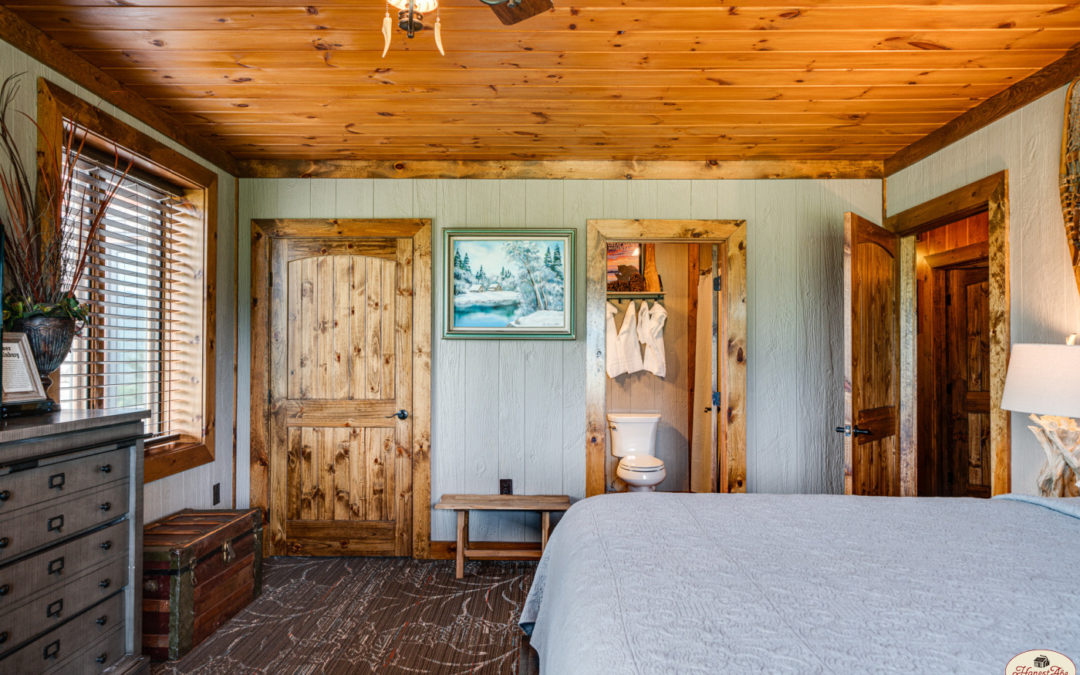Basements may or may not be a part of a home plan for a log home or log cabin. There are cost and design elements to consider with the Honest Abe Log Homes design team to understand whether a basement makes sense for your home. Beyond the considerations of the land itself and whether it lends itself to a basement, are the way in which the space would be utilized and whether the basement is to become a housing for heating and cooling systems, water supply, vents and other mechanical needs of the home or whether the space is going to become living space for the homeowner.

When building a log home, why not include a basement? The materials and design options for a basement under a log home will depend on the specific location and climate, as well as the intended use of the basement.
One option is to use poured concrete walls and floors. Poured concrete is a durable and long-lasting material that can withstand the weight of the log home above. This method is also ideal for homes in areas with high water tables or a lot of groundwater, because poured concrete can be sealed to prevent water from entering the basement.
Another option is to use concrete block walls. Concrete block is a strong and durable material, and it can be finished with a variety of materials, such as paint or tile.
For insulation the walls and the floor of the basement, various options include spray foam insulation, rigid foam insulation, and fiberglass batt insulation.
It’s also important to ensure proper ventilation and moisture control in the basement. This can be accomplished by installing a sump pump and a drainage system to remove water from the area, as well as a dehumidifier to control moisture levels.
Design-wise, you can consider making the basement a living area, with bedrooms, bathrooms and a kitchen. This can increase the total living space in the home and provide a comfortable and usable area. Or use the basement as a storage space, a workshop or a home office.
It’s important to work with an experienced contractor who has experience building basements under log homes and who can help you choose the right materials and design options for your specific needs and location.

Do basements need a drainage system in the event of flooding?
Yes, basements typically require a drainage system to prevent flooding in the event of heavy rain or groundwater infiltration. The drainage system can be an important component in protecting a basement from water damage, especially in areas that are prone to flooding or have high water tables.
- A common type of drainage system used in basements is a French drain, which is a trench filled with gravel or crushed stone that channels water away from the foundation.
- Another option is an exterior perimeter drain system, which is installed around the outside of the foundation, beneath the soil. This type of system uses a pipe to carry water away from the foundation to a sump pump or a drainage area.
- A sump pump is often used in combination with these drainage systems, which pumps the water that is collected by the drain system away from the foundation and out of the basement.
- It’s important to note that these systems may need to be designed and installed by an experienced professional, as the proper design and installation can help ensure that the system functions as intended and prevent water from entering the basement in the event of heavy rain or high groundwater levels.
- Also, it’s good idea to have a backup power supply or battery backup sump pump in case of power outages or malfunctions, to prevent water accumulation in the basement during those times.
Your Honest Abe Log Homes engineering and design team can help you design a basement that works for your property and your needs.
– article by Honest Abe Log Homes ©2023




